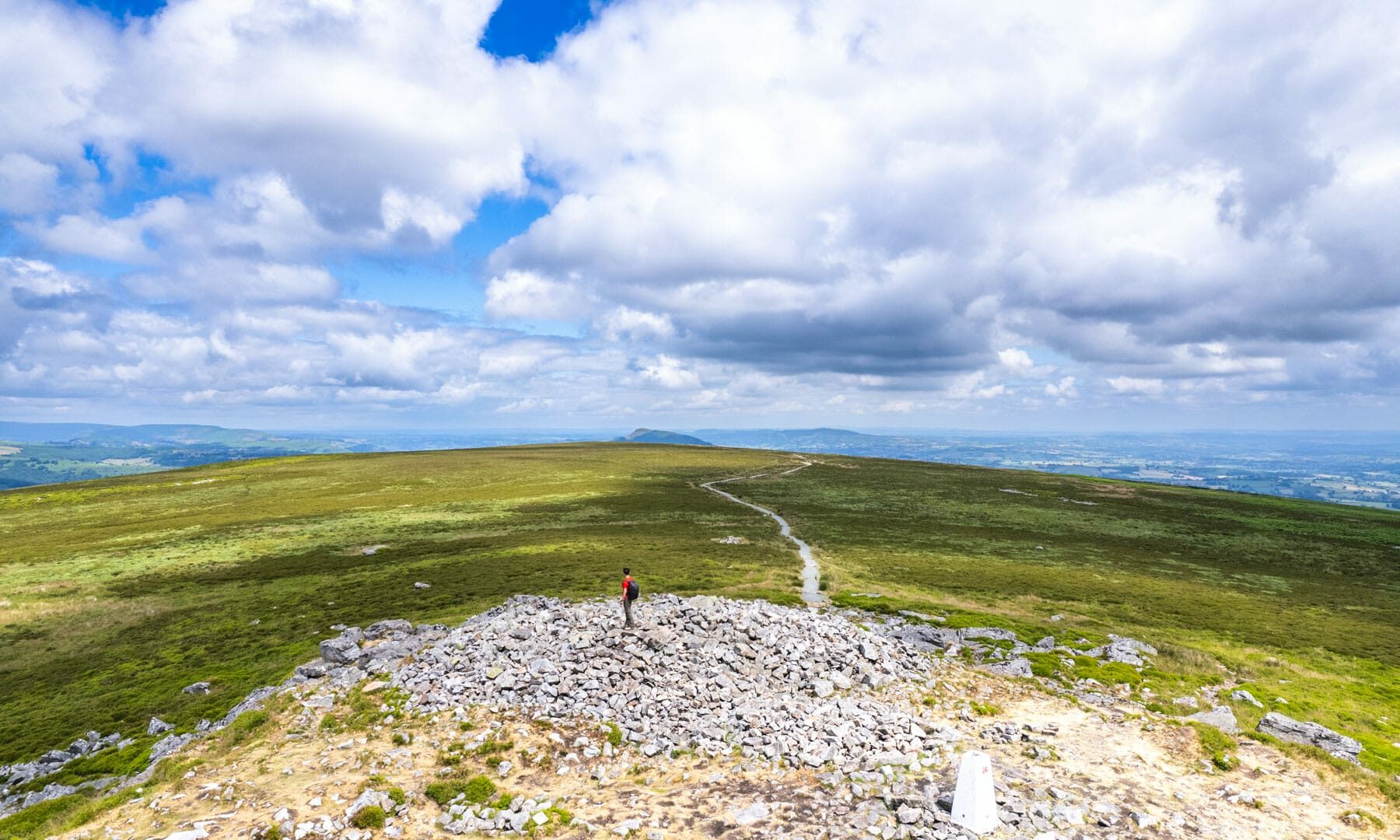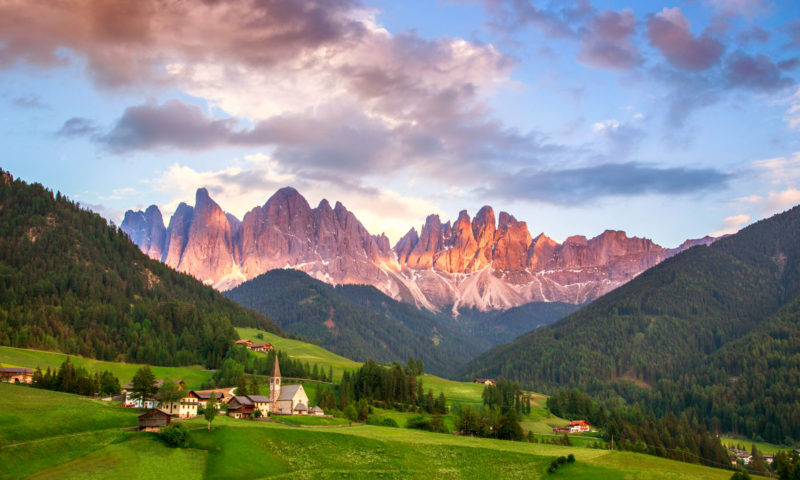Discover the bloody history and beautiful landscapes of the Welsh Marches by hiking Offa’s Dyke Path, one of the UK’s longest national hiking trails. Stretching for 177 miles along the border between England and Wales, this fascinating hiking trail is one for history and nature lovers alike.
You’ll be following the rough route of Offa’s Dyke, an ancient fortification constructed in the 8th century AD by King Offa of Mercia, an Anglo-Saxon king whose legacy still survives today. Offa’s Dyke was built to divide the lands that would later become the countries of England and Wales, and the hiking trail is lined with hill forts, crumbling castles, and border towns with gruesome histories that rival any episode of “Game of Thrones.”
If you’re planning on exploring the borderland between England and Wales, then keep reading as I explain how to hike Offa’s Dyke Path.
Disclaimer: This post may contain affiliate links. If you make a purchase or booking through one of our links we may earn a small commission (don’t worry, it’s at no extra cost to you).
A Guide to Hiking Offa’s Dyke Path
How long does it take to hike Offa’s Dyke Path?
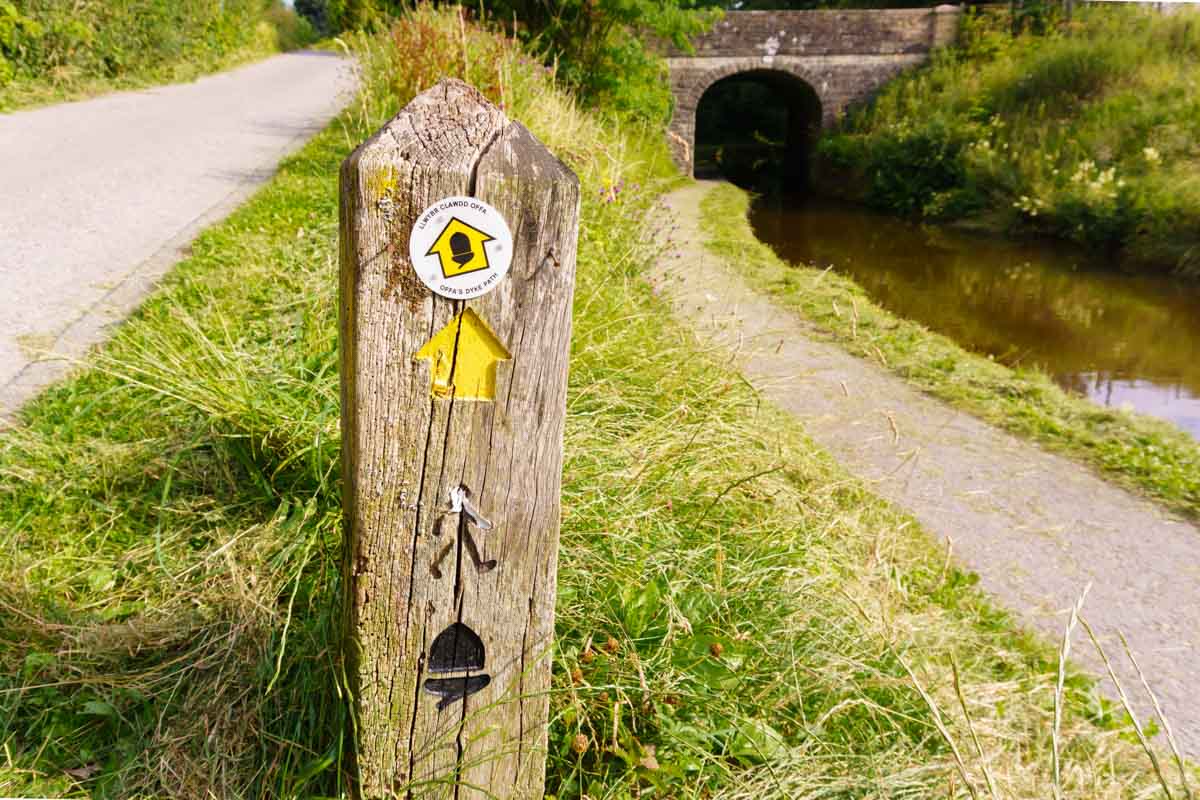
Offa’s Dyke Path is 177 miles long, and for around 60 miles of that, the trail follows the exact route of the dyke itself, which was built during the 8th century AD reign of King Offa of Mercia.
Stretching through the Welsh Marches – the name given to the borderland dividing England and Wales within the United Kingdom – the hiking path follows rivers and crests mountains as it weaves backward and forwards over the modern border.
The path is tough in places, with a total elevation gain of around 9,000 meters from start to finish. Offa’s Dyke Path is waymarked, and you’ll need to follow the “Acorn,” the symbol of the UK’s national trails system. If you’re setting out to complete the entire route in one push, allow for at least 12 days, depending on your fitness levels, weather, and hiking experience.
Where does the hike start/end?
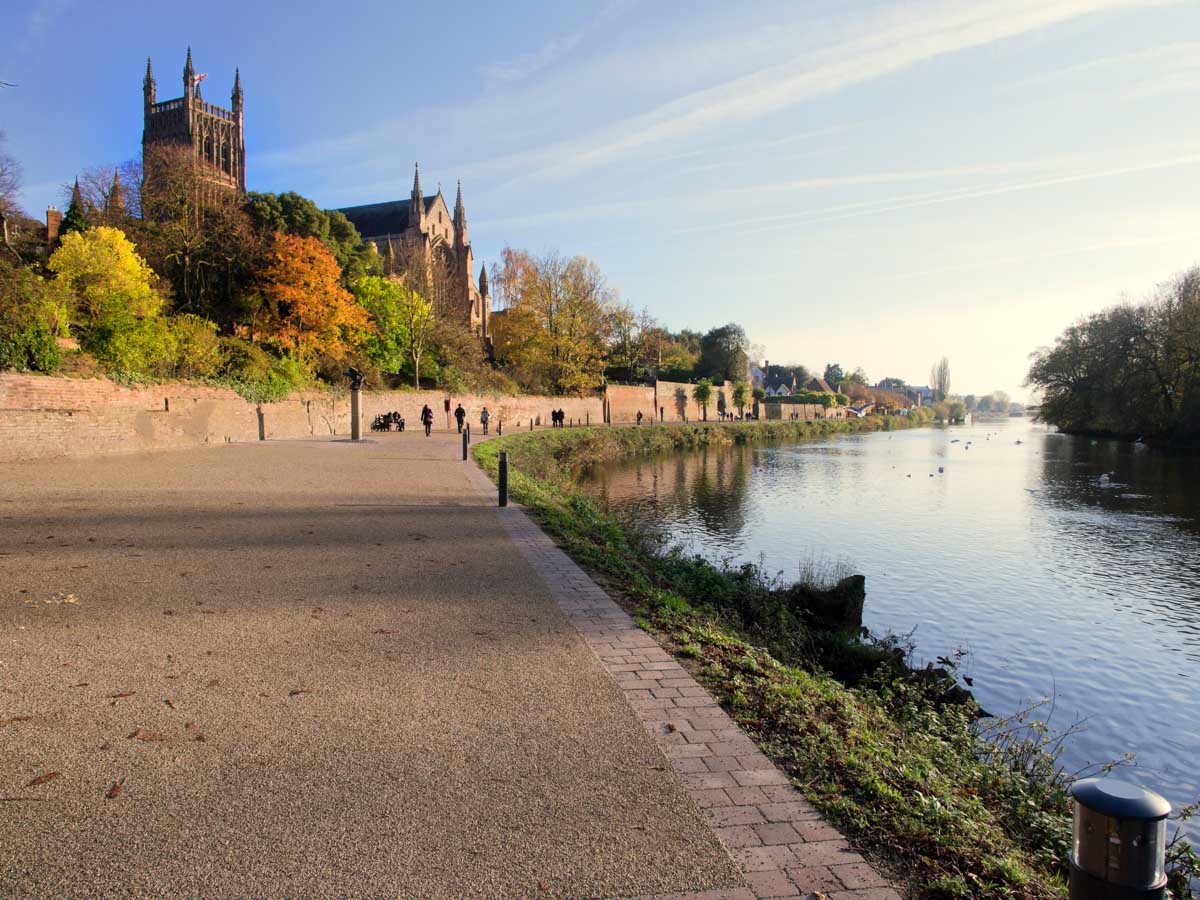
Following the rough historical route of Offa’s Dyke, which is itself protected as a historical monument (the longest in Europe), you’ll be starting or ending your hike on the banks of the River Severn, at the southern end of the border between England and Wales.
The hike starts (or ends) in Sedbury, a peninsula a few miles outside the Welsh town of Chepstow. You’ll be starting the walk in England, before hiking into and out of Wales on countless occasions over the next 177 miles.
You can reach Chepstow by bus or train. The town is on the Gloucester to Newport line that runs from Gloucester, in England, to Newport, in Wales. You can also reach Chepstow from either Cardiff or Bristol, both of which have international airports and are well connected by bus and train to London.
177 miles later, you’ll reach the northern trailhead at Prestatyn, where a small monument overlooking the Irish Sea marks the start or end of the hike. Prestatyn also has a railway station that sits on the North Wales Coast Line and connects Holyhead in Wales to Chester in England.
Trail tradition dictates that you should pick up a pebble from the banks of the River Severn by Sedbury and hike with it in your backpack to Prestatyn. When you make it to the end of your walk, cast the pebble into the Irish Sea to signify the end of your journey!
When is the best time to hike Offa’s Dyke Path?
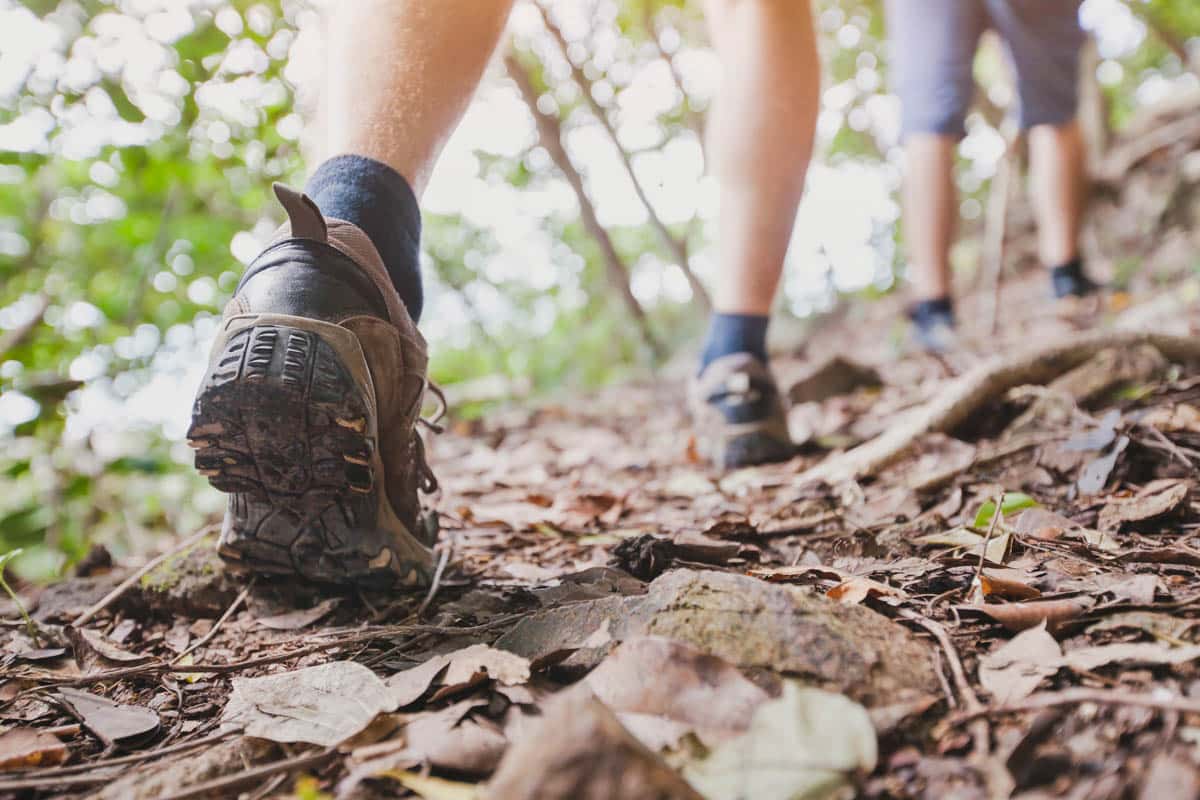
Offa’s Dyke Path is best enjoyed when the sun is shining, but on the border between England and Wales, that can be a rare occurrence indeed! I’ve hiked extensive sections of the path at different times of the year, and while you can enjoy a crisp winter’s day on the trail, I much prefer the longer days from spring onwards.
From October until March, the trail can become muddy and difficult to hike. Hilly sections – like the Black Mountains – can be difficult to navigate when winter mist obscures the peaks around you.
When the weather is wet, hikers can also damage the national monument in the places where the trail overlaps with the dyke itself, and I’ve previously been told by trail officers that they’d rather walkers avoid these sections in the rain. For these reasons, I’d recommend hiking between April and September, when the weather is drier.
Within this hiking season, Offa’s Dyke Path will always be busier on weekends and during school holidays (particularly Easter and summer holidays). Regardless of when you choose to hike, just remember that the weather can change quickly in the Welsh Marches, especially at higher altitudes. Always check the forecast and pack appropriately with wet weather gear.
Transportation
If you’re a keen hiker, then Offa’s Dyke Path is short enough for you to complete end-to-end in one trip. If you’re thru-hiking like this, then it’s easy to get to both the start and end points using public transportation, as both Chepstow and Prestatyn are connected to the national rail network.
Offa’s Dyke Path also runs through the middle of many larger towns along the border between England and Wales, or within a few miles of them, including Monmouth, Hay-on-Wye, and Wrexham.
This means it’s possible to hike the route in shorter sections and return later to continue. On the trail itself, you’ll find that public transport in more remote areas is limited, so make sure to plan accordingly.
Where to Stay

The often rural nature of Offa’s Dyke Path means that accommodation in some stretches can be limited, so I’d recommend planning each section out ahead of time and booking in advance. This is particularly important during school holidays and on weekends.
If you’re backpacking, then it’s possible to spend most nights in campsites either on or near the trail. Remember that wild camping is illegal in both England and Wales, so you can’t just pitch your tent in a field when and where you fancy. I use the booking platform Pitchup to find campsites in the United Kingdom.
It’s also possible to spend each night in more luxurious accommodations, such as guesthouses, bed and breakfasts, and hotels. Larger towns have more varied accommodation options, and places like Chepstow, Hay-on-Wye, Monmouth, and Wrexham all have an excellent range of hotels for all budgets.
In more rural areas, options become limited, but you’ll often find that pubs double as hotels, and holiday parks can put you up in a caravan for the night.
What to pack to hike Offa’s Dyke Path?
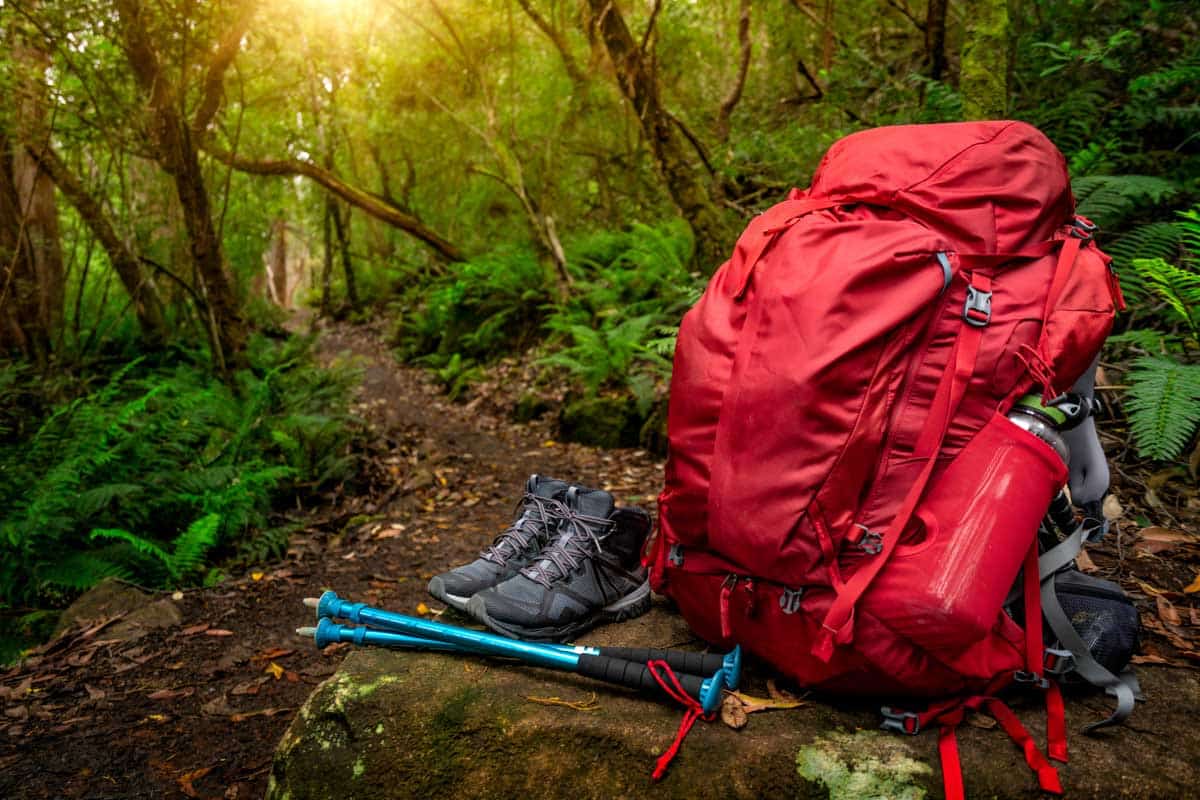
Packing light is essential on the trail, and you’ll appreciate a light rucksack at the end of a long day’s walking through hilly terrain like the Brecon Beacons. What you need to pack largely depends on how you’re hiking, but to start, you’ll need basic gear like walking boots, a raincoat, and a solid backpack or day bag with support straps.
If you’re camping, you’ll need a high-quality waterproof tent, cooking gear, a sleeping bag, and a roll mat. You’ll also need to keep topped up with cooking supplies and water as you hike.
If you’re not camping, you can travel lighter, but you’ll still need one or two changes of clothes and essentials like waterproofs, warm clothes, and a few emergency rations. I’d recommend taking a small first aid kit and navigation equipment (a compass and map – check out OS Maps for detailed topographical maps of the Welsh borders, available in both physical and app form).
Several local providers offer luggage transfer services at various points along the trail. Book your transfer, leave your bags with reception, and when you arrive at your next accommodation, your gear will be waiting for you! Check out the Offa’s Dyke Association website for recommended companies.
The Best Sections to Hike
Offa’s Dyke Path is a trail that I keep returning to hike, and I’m slowly ticking off all the sections along its route rather than hiking it all in one go.
With that in mind, here are a few of my favorite sections. If you don’t have time to hike the entire trail, then these are perfect day hikes:
Devils Pulpit from Chepstow
This is a relatively easy ramble, taking you some 5 to 6 miles north of Chepstow at the start or end of the trail. After visiting Chepstow’s Norman Castle, follow the River Wye to Devil’s Pulpit, a vantage point offering sweeping views of Tintern Abbey, one of the trail’s most iconic medieval ruins.
The Black Mountains to Hay-on-Wye
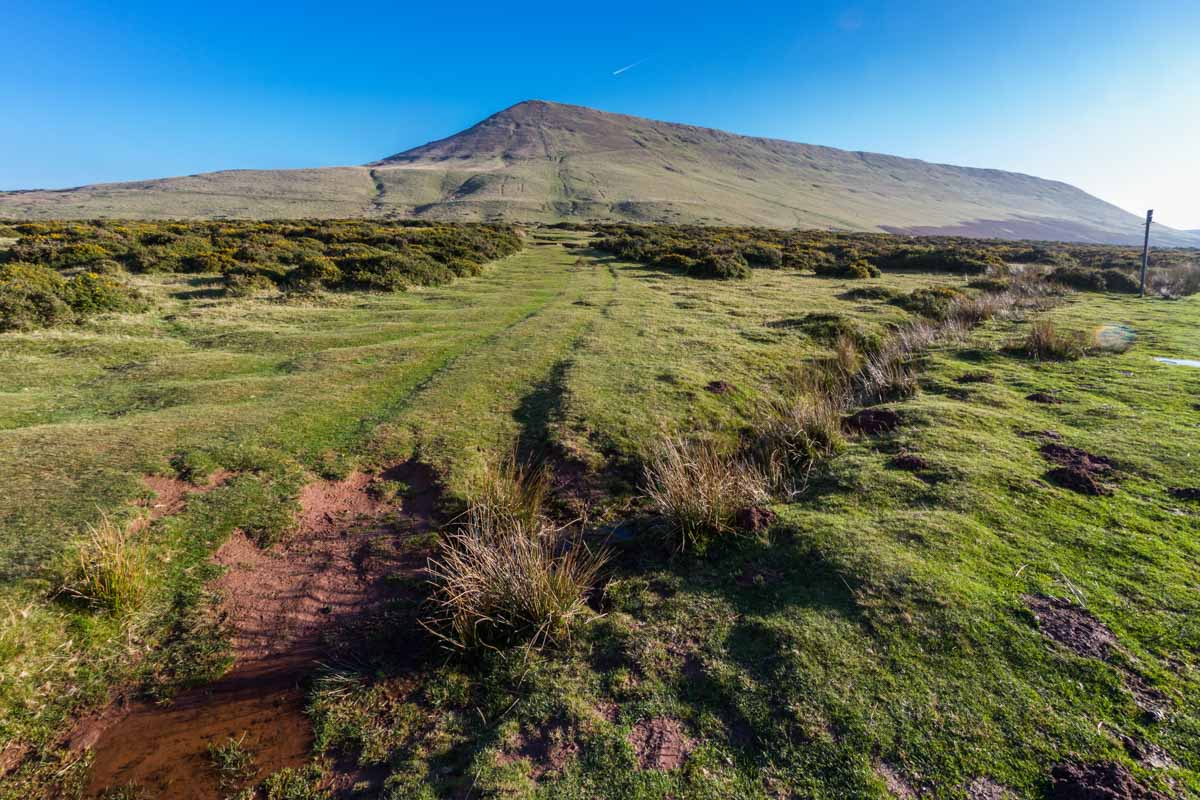
One of the toughest sections of Offa’s Dyke takes you on a rollercoaster hike up and over the Black Mountains. You’ll have an elevation gain of well over 500 meters among this mist-clad mountain range, which has long formed the natural border between England and Wales.
From Abergavenny, you can hike to Llanthony Priory, a remote hermitage overlooking the borderlands below. Keep going, and on the other side of the Black Mountains, you’ll drop down into Hay-on-Wye, a border town that’s famed for its second-hand bookshops and world-renowned literary festival.
Knighton to Kerry Ridgeway
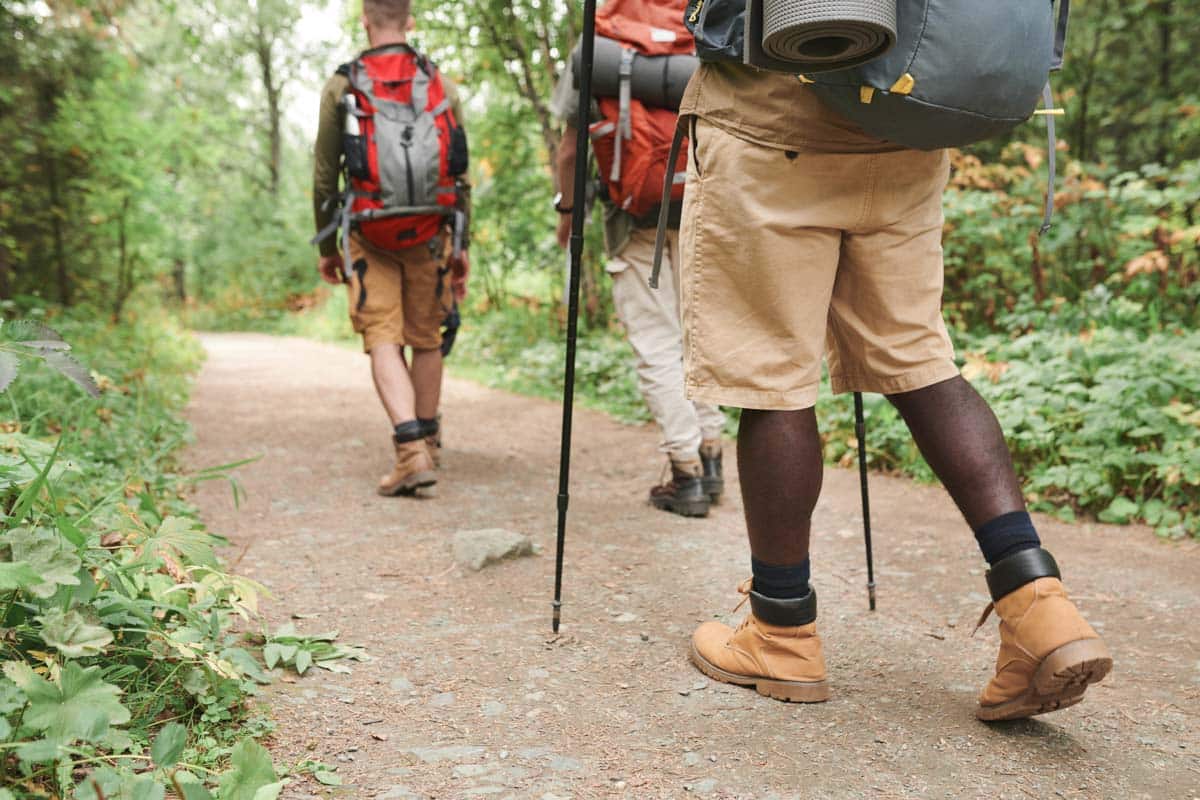
Knighton is roughly halfway on the route, and the small border town is home to the excellent Offa’s Dyke Centre, where you can learn more about the dyke’s history and ongoing archaeological work.
From Knighton, the path largely follows the original, preserved sections of Offa’s Dyke. As you hike north into Shropshire, you’ll have magnificent views of Offa’s Dyke as it carves its way through the landscapes, a scene that will help you to appreciate the vast extent of this ancient monument.

